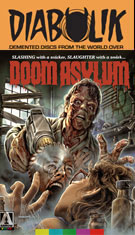
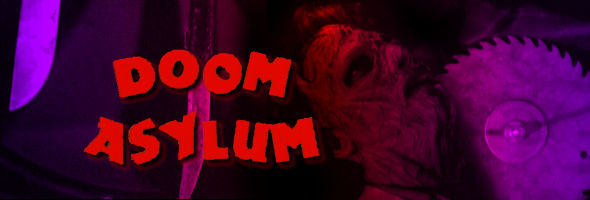
Color, 1987, 78 mins. 50 secs.
Directed by Richard Friedman
Starring Patty Mullen, Kristin Davis, Ruth Collins, Kenny Price, Michael Rogen
Arrow Video (Blu-ray) (US/UK R0 HD) / WS (1.78:1) (16:9) and 1.33:1, Code Red (DVD) (US R0 NTSC)


Color, 1987, 78 mins. 50 secs.
Directed by Richard Friedman
Starring Patty Mullen, Kristin Davis, Ruth Collins, Kenny Price, Michael Rogen
Arrow Video (Blu-ray) (US/UK R0 HD) / WS (1.78:1) (16:9) and 1.33:1, Code Red (DVD) (US R0 NTSC)
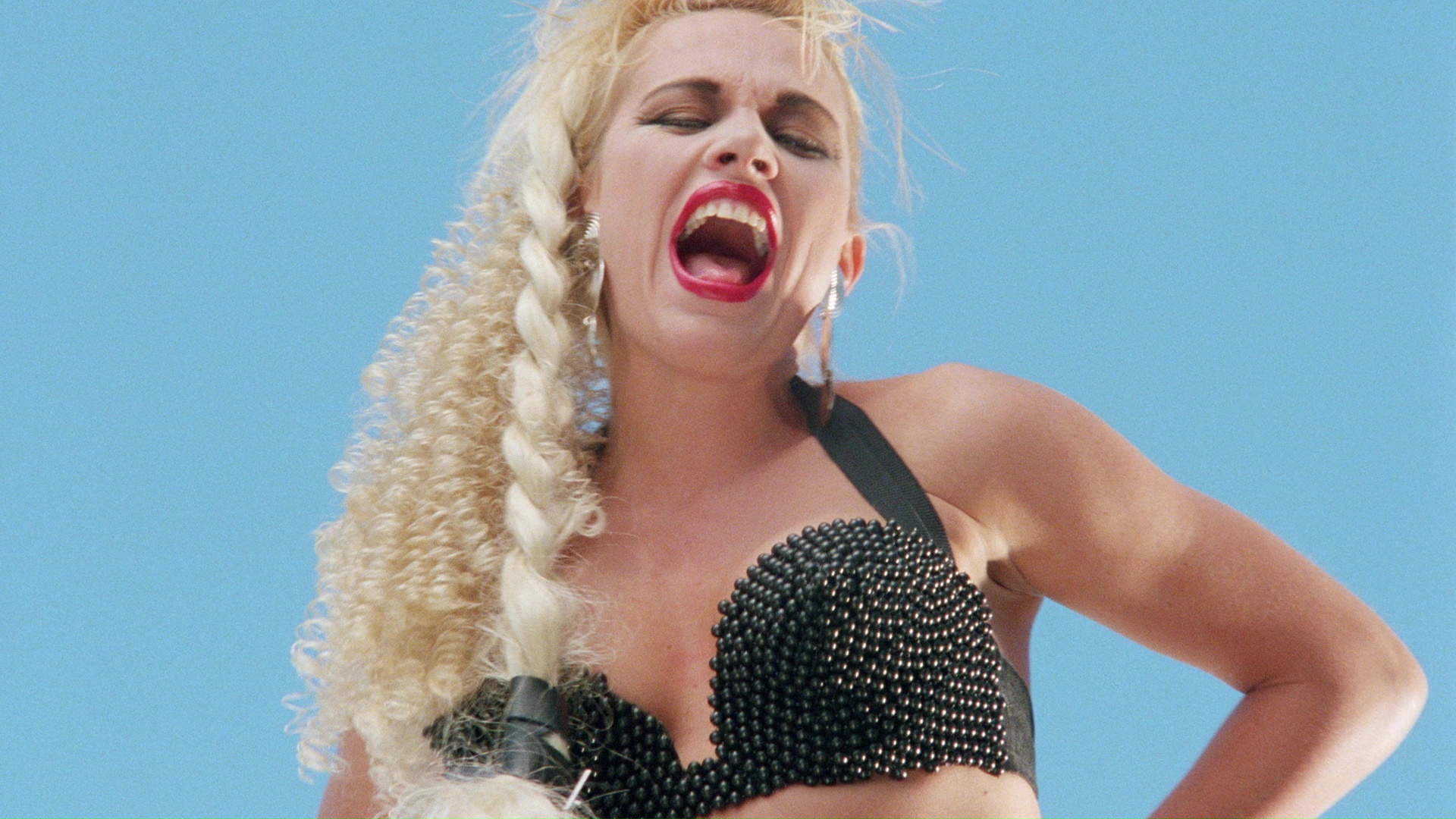 a zero-budget cross between Session 9 and
a zero-budget cross between Session 9 and 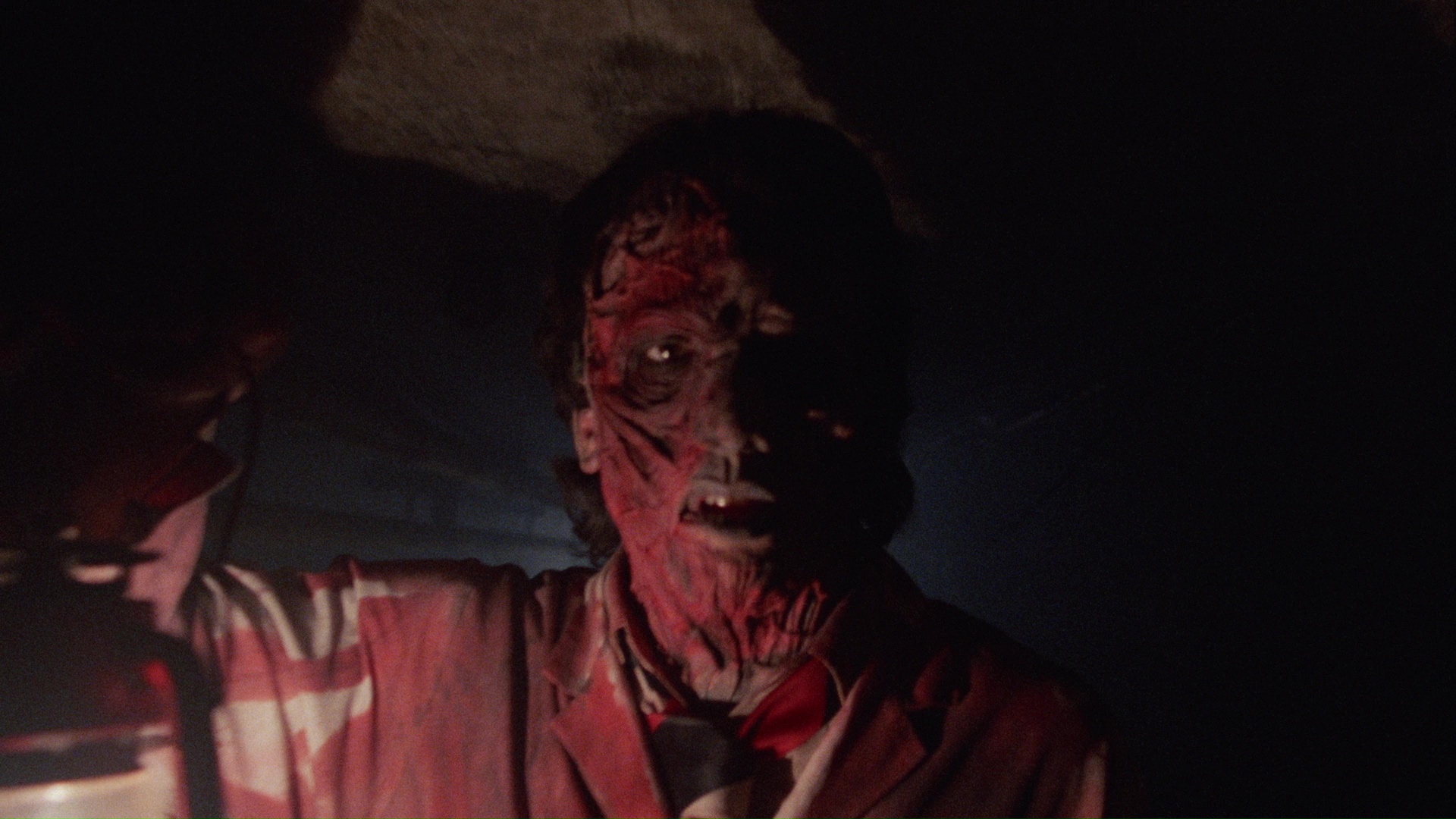 Student Bodies, and that might give you some idea of the weird, ramshackle charm of Doom Asylum, a New Jersey independent splatter film that wound up garnering a small cult following thanks to its cut release on VHS in the late 1980s. As with many of its ilk, some of the cast members eventually went on to some degree of fame, namely Kristin Davis (later to play "good girl" Charlotte on Sex and the City and stuck here in spectacles and a blue bathing suit) and Frankenhooker/pin-up model Patty Mullen.
Student Bodies, and that might give you some idea of the weird, ramshackle charm of Doom Asylum, a New Jersey independent splatter film that wound up garnering a small cult following thanks to its cut release on VHS in the late 1980s. As with many of its ilk, some of the cast members eventually went on to some degree of fame, namely Kristin Davis (later to play "good girl" Charlotte on Sex and the City and stuck here in spectacles and a blue bathing suit) and Frankenhooker/pin-up model Patty Mullen.
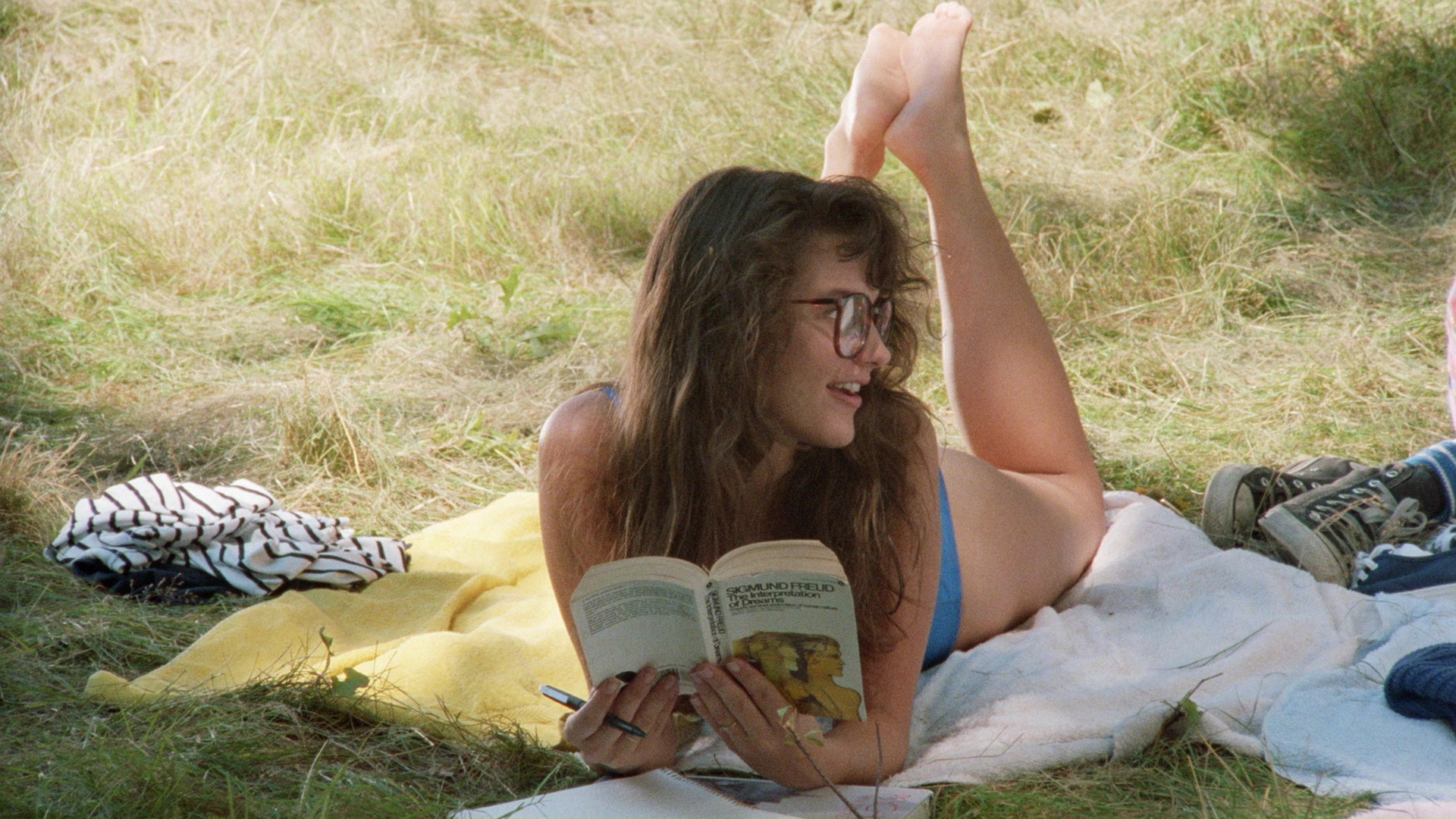 Continuity never even begins to enter the picture (keep an eye on the killer's TV, which is blank in long shots but runs very long Tod Slaughter clips in close-up), and the actors' various
Continuity never even begins to enter the picture (keep an eye on the killer's TV, which is blank in long shots but runs very long Tod Slaughter clips in close-up), and the actors' various 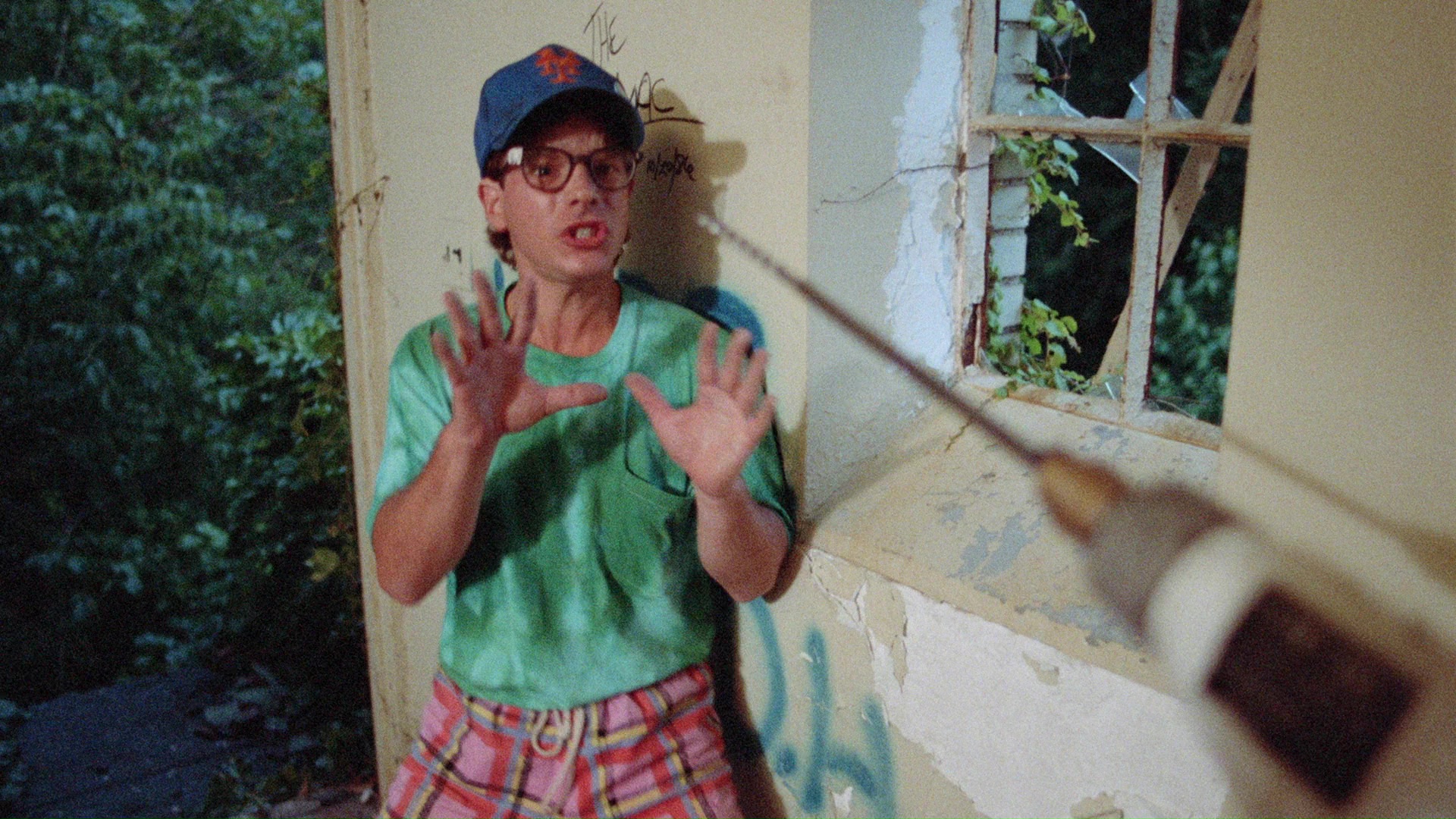 Northeastern accents make for a wonderful clash of delivery styles (with a heavy accent on Joisey). Shot on film but completed on video (complete with chintzy electronic credits), Doom Asylum never rises above its budget but makes for a fine time-killer and a fine souvenir of an age when anyone with an affinity for flinging red stuff at the camera could have his own shot at the big time.
Northeastern accents make for a wonderful clash of delivery styles (with a heavy accent on Joisey). Shot on film but completed on video (complete with chintzy electronic credits), Doom Asylum never rises above its budget but makes for a fine time-killer and a fine souvenir of an age when anyone with an affinity for flinging red stuff at the camera could have his own shot at the big time.
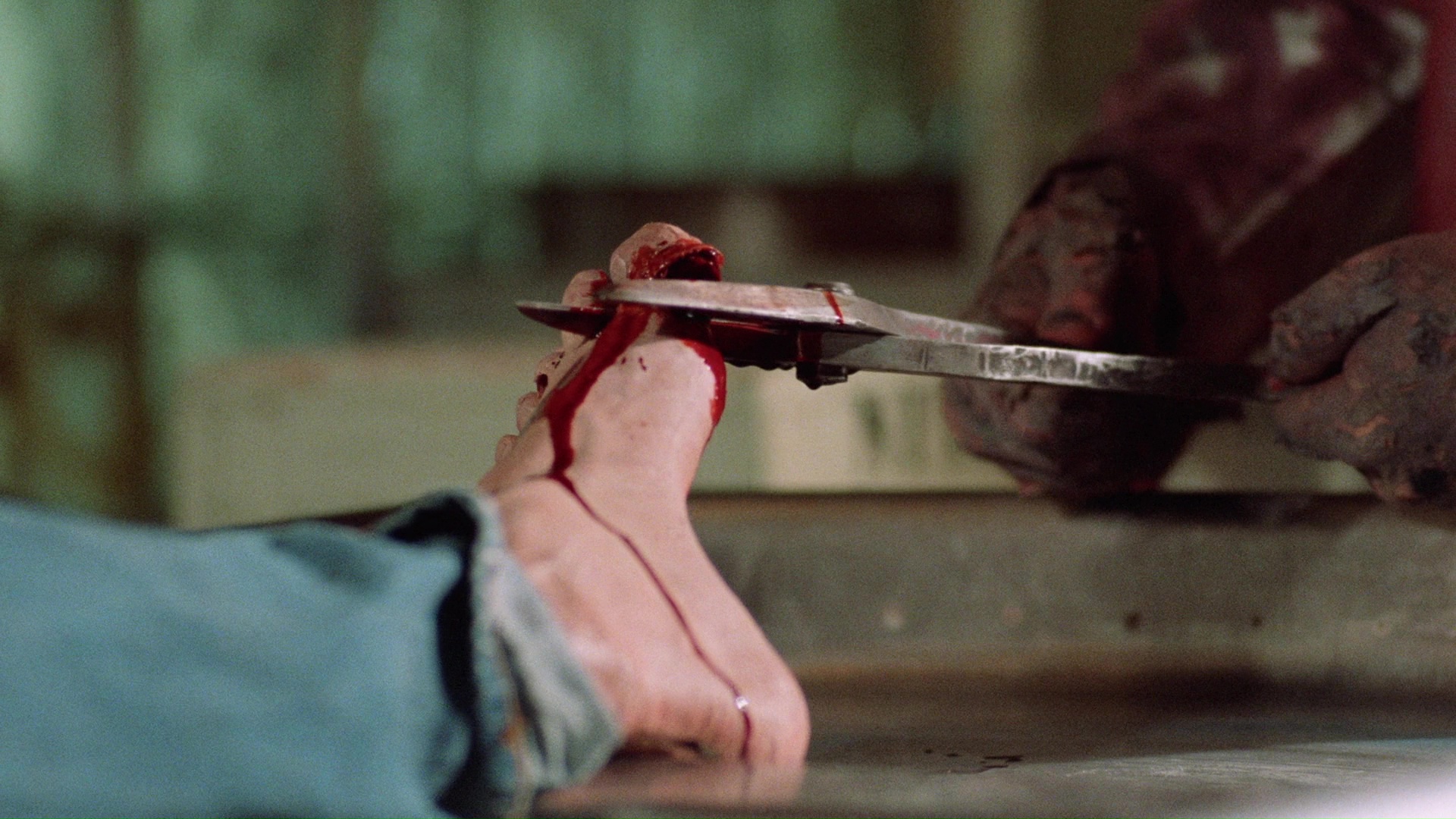 titles including Boarding House, The Forest, Devil Times Five, Human Experiments, Stingray, The Dark Ride, Gang Wars, Enter the White Dragon, Nightmare, Love Me Deadly, Silent Scream, The Redeemer
titles including Boarding House, The Forest, Devil Times Five, Human Experiments, Stingray, The Dark Ride, Gang Wars, Enter the White Dragon, Nightmare, Love Me Deadly, Silent Scream, The Redeemer 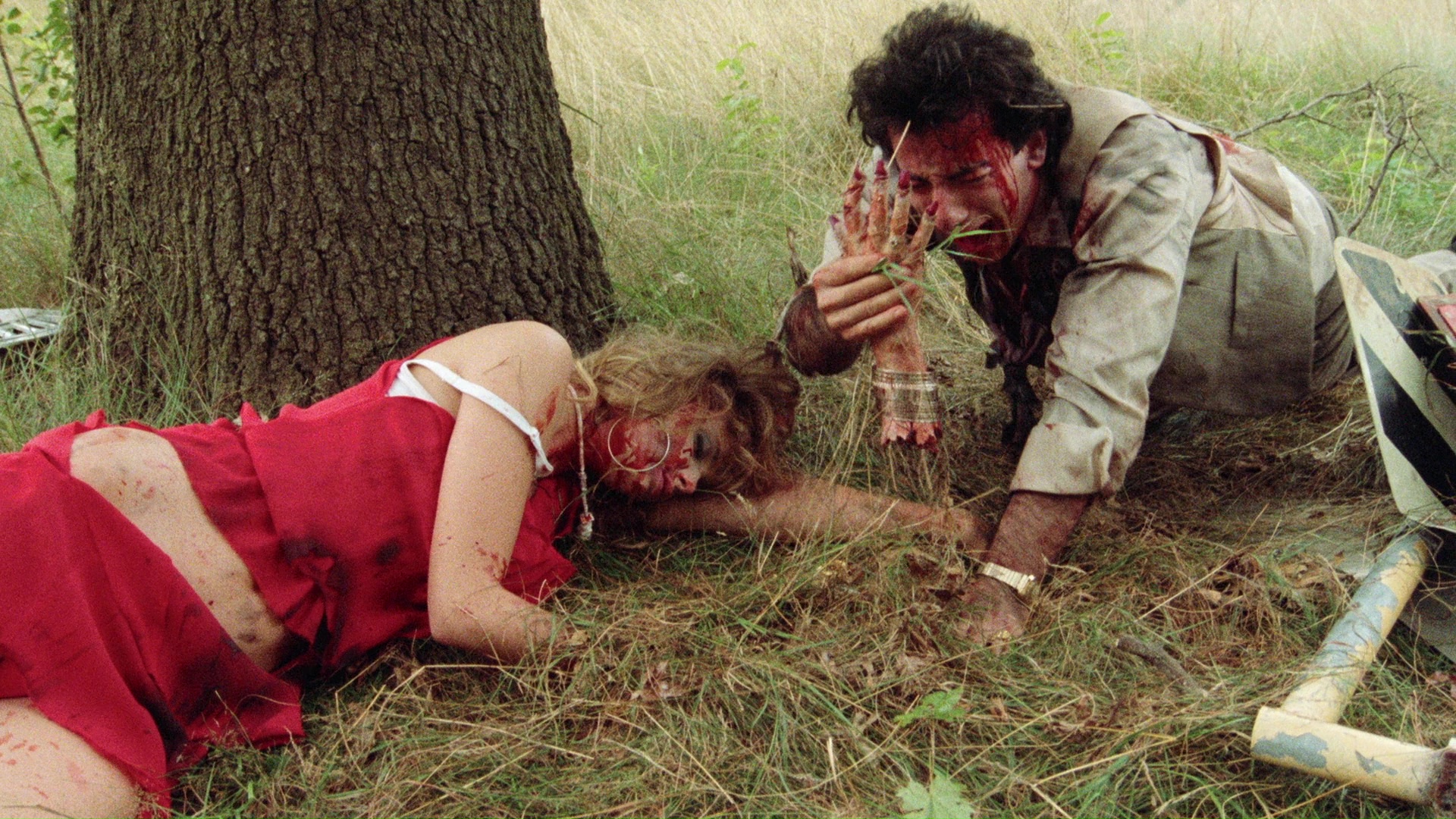 and The Farmer.
and The Farmer.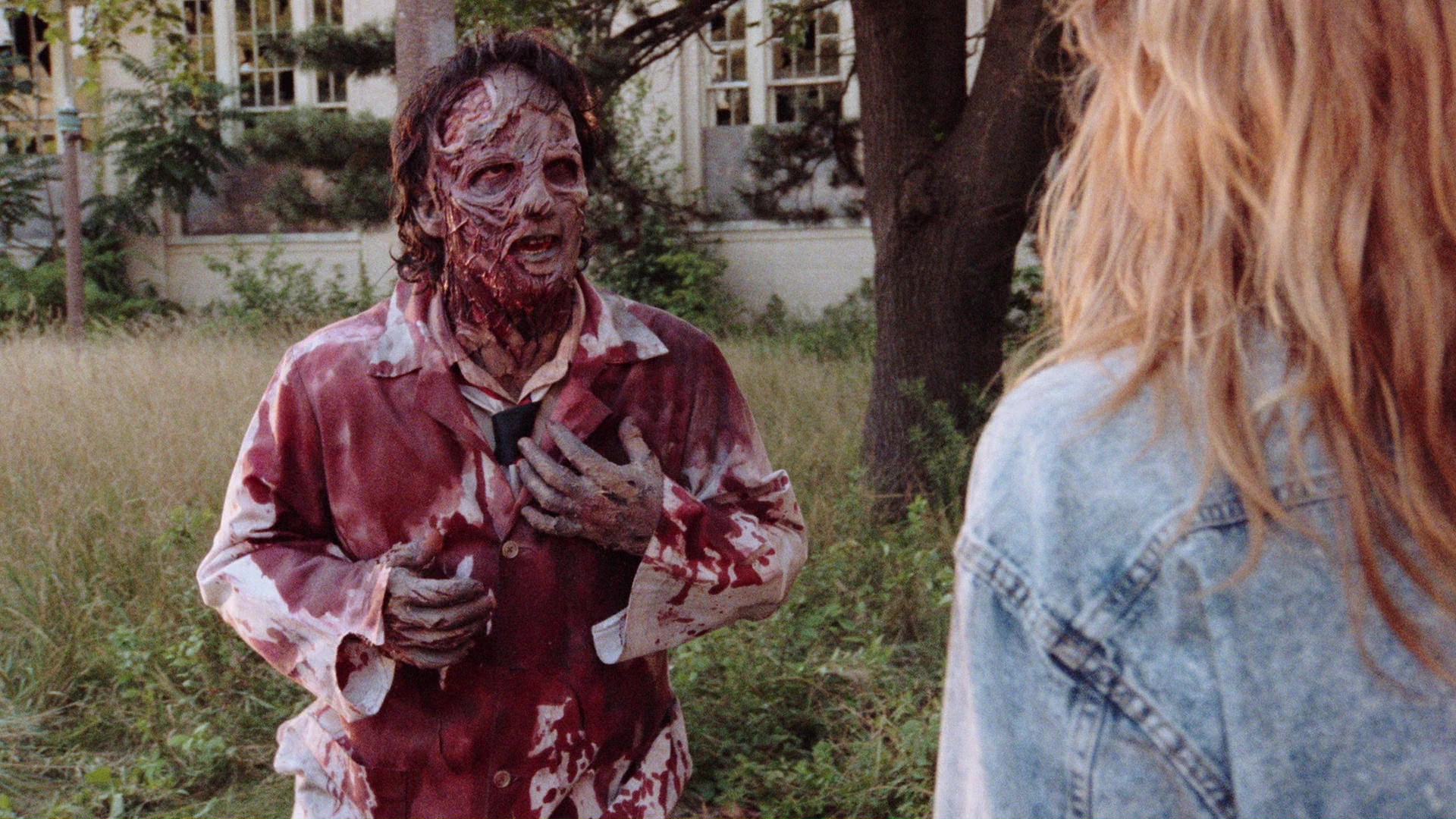 Chuck Vincent of course (including the classic Roommates), and detours through other exploitation alleys along the way touching on everything from the differences between entertaining people on film versus video to the commercial demands of X-rated
Chuck Vincent of course (including the classic Roommates), and detours through other exploitation alleys along the way touching on everything from the differences between entertaining people on film versus video to the commercial demands of X-rated 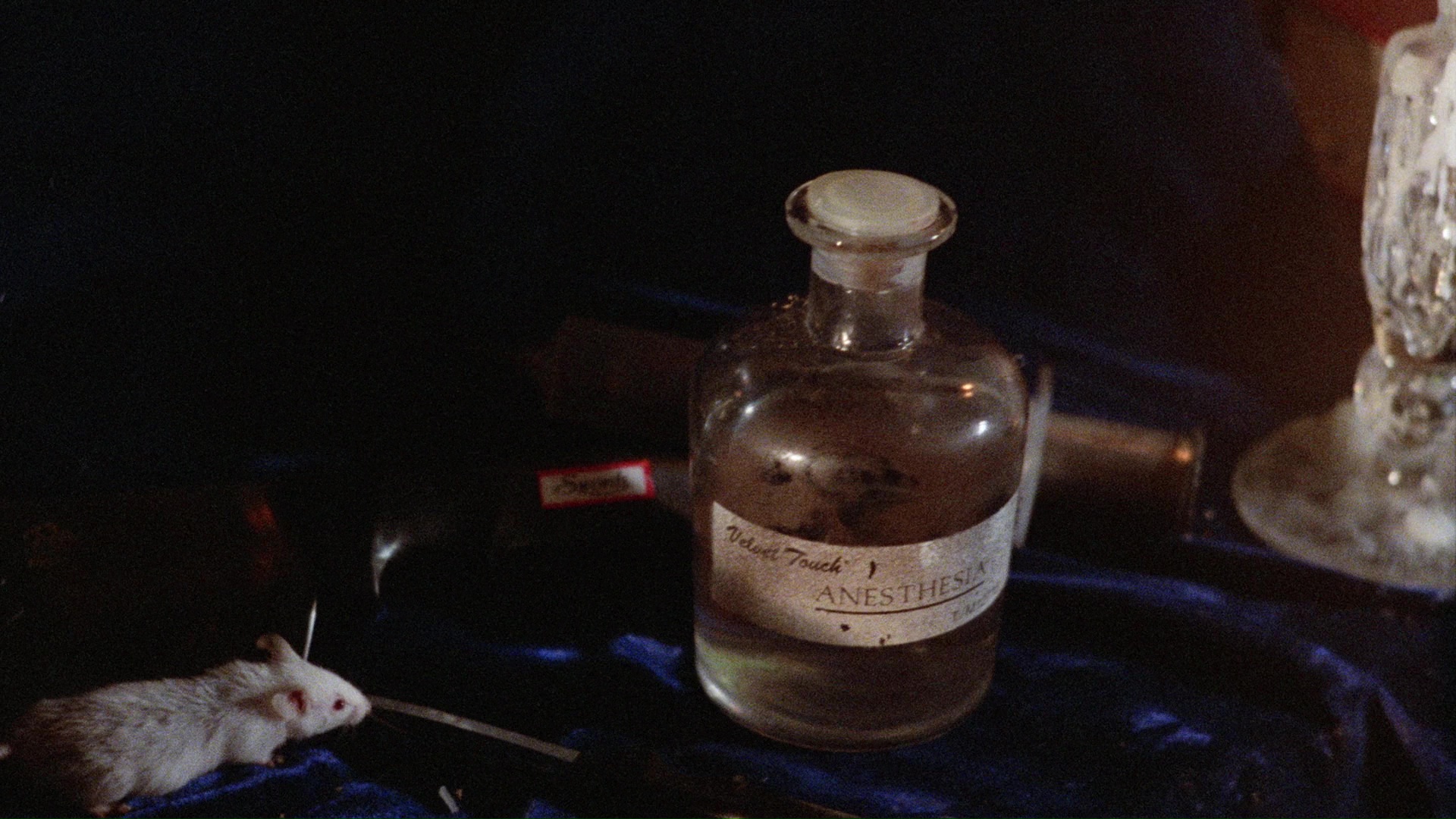 films versus more mainstream ones. They also discuss one major novelty of this film: an '80s horror film take takes place entirely in daylight and doesn't rely on jump scares. A second audio commentary, also new, features the lively podcasting gang at The Hysteria Continues offering their own take on the film. Among the highlights: pointing out the power tool mayhem that would never have flown had this gotten a U.K. release back in the day; tying the film to the direction of the slasher craze which was on a down-slide at the time; the joys of spotting Slayer graffiti in the background; and the brief trend of mixing hard rock and horror films, to just give you an idea. Quite a fun party track, especially if you're a fan of the film. Star Ruth Collins, who has the most flamboyant role, appears for a new interview, "Tina's Terror" (17m56s), discussing the unusual way she got the role after it had already been cast with someone very different, her fond memories of her director, and the inside scoop on that unforgettable rooftop chicken-eating scene. She also verifies the stories about the last-minute negotiations involved in her brief topless scene, which wasn't in her original contract. In "Movie Madhouse" (19m), director of photography Larry Revene explains some of the shortcomings of the production (including a short script that necessitated the inclusion of those Slaughter clips and a completely needless second unit), his connection to getting this role via a gig on an Armand Weston production, the art of doing wheelchair dolly shots, and an unforgettable directing mantra from Friedman: "Think cleavage." Special make-up effects creator Vincent J. Guastini turns up for the third and final new featurettes, "Morgues & Mayhem" (17m38s), which is quite an entertaining peek at how he was just starting out at the time learning the ropes from masters like Dick Smith, with the effects for this film "done out of my mother's pantry." He's full of stories about the resourceful methods used to create the effects as well as tangents like the homeless people and rumored dead bodies in the real asylum location. He also points out a gaffe with a blood tube that will forever alter the climax of the film once you've noticed it. The earlier DVD featurette with Kogan, Friedman and Tasgal is ported over, and a stills gallery (3m5s) is also included. The reversible packaging design sports a new cover design by Justin Osbourne, and in the first pressing only, an insert booklet is included with liner notes by Made for TV Mayhem's Amanda Reyes.
films versus more mainstream ones. They also discuss one major novelty of this film: an '80s horror film take takes place entirely in daylight and doesn't rely on jump scares. A second audio commentary, also new, features the lively podcasting gang at The Hysteria Continues offering their own take on the film. Among the highlights: pointing out the power tool mayhem that would never have flown had this gotten a U.K. release back in the day; tying the film to the direction of the slasher craze which was on a down-slide at the time; the joys of spotting Slayer graffiti in the background; and the brief trend of mixing hard rock and horror films, to just give you an idea. Quite a fun party track, especially if you're a fan of the film. Star Ruth Collins, who has the most flamboyant role, appears for a new interview, "Tina's Terror" (17m56s), discussing the unusual way she got the role after it had already been cast with someone very different, her fond memories of her director, and the inside scoop on that unforgettable rooftop chicken-eating scene. She also verifies the stories about the last-minute negotiations involved in her brief topless scene, which wasn't in her original contract. In "Movie Madhouse" (19m), director of photography Larry Revene explains some of the shortcomings of the production (including a short script that necessitated the inclusion of those Slaughter clips and a completely needless second unit), his connection to getting this role via a gig on an Armand Weston production, the art of doing wheelchair dolly shots, and an unforgettable directing mantra from Friedman: "Think cleavage." Special make-up effects creator Vincent J. Guastini turns up for the third and final new featurettes, "Morgues & Mayhem" (17m38s), which is quite an entertaining peek at how he was just starting out at the time learning the ropes from masters like Dick Smith, with the effects for this film "done out of my mother's pantry." He's full of stories about the resourceful methods used to create the effects as well as tangents like the homeless people and rumored dead bodies in the real asylum location. He also points out a gaffe with a blood tube that will forever alter the climax of the film once you've noticed it. The earlier DVD featurette with Kogan, Friedman and Tasgal is ported over, and a stills gallery (3m5s) is also included. The reversible packaging design sports a new cover design by Justin Osbourne, and in the first pressing only, an insert booklet is included with liner notes by Made for TV Mayhem's Amanda Reyes. Arrow Video (Blu-ray) (1.33:1)
Code Red (DVD)
![]()